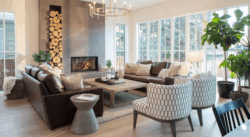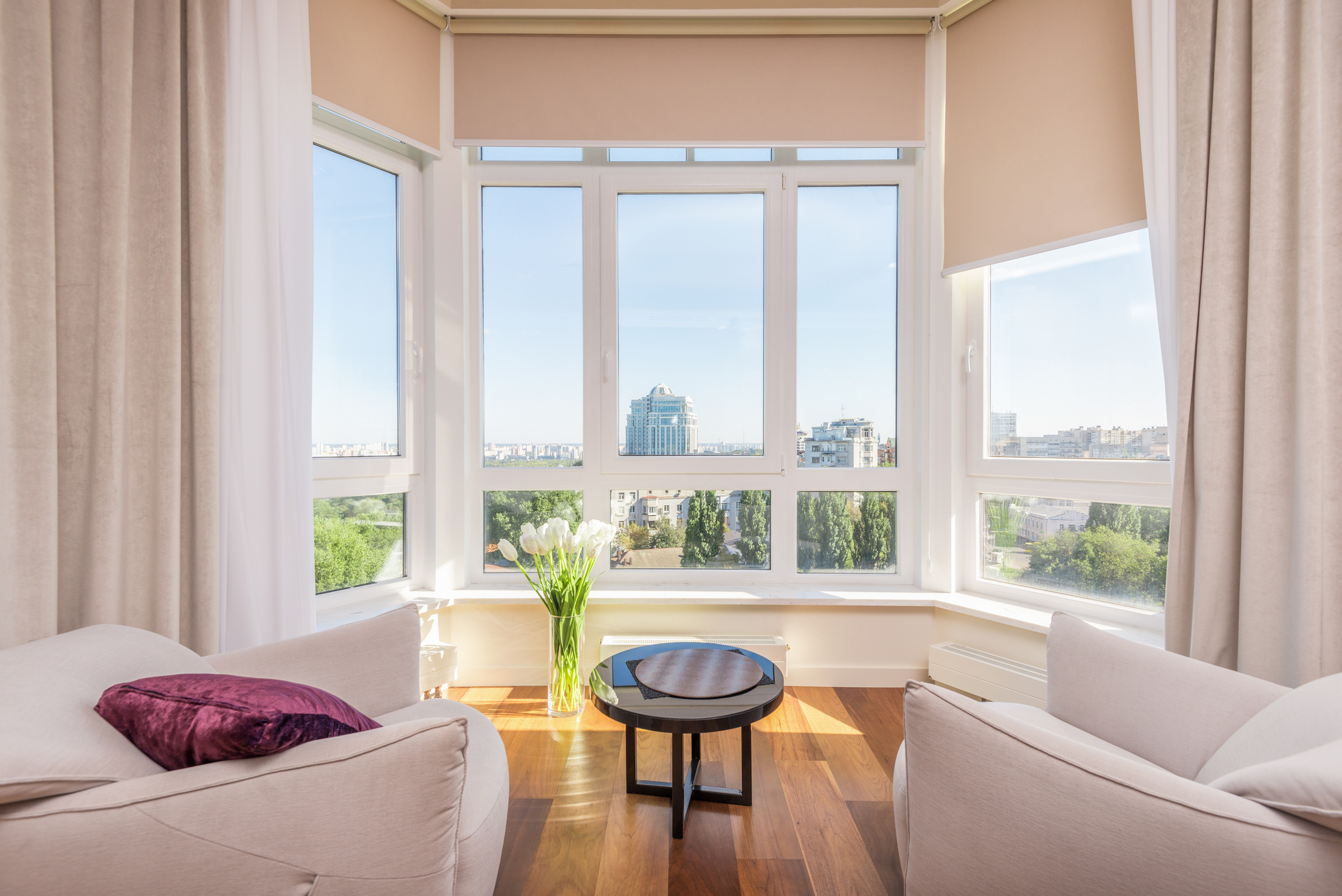
Moving into a new home is exciting, but it can also feel overwhelming when you’re faced with endless decorating decisions. One of the most impactful choices you’ll make is selecting window treatments. The right window coverings don’t just provide privacy and light control—they can transform the entire look and feel of your space while adding functionality and energy efficiency.
Understanding Your Needs First
Before you fall in love with any particular style, take time to assess what you actually need from your window treatments. Walk through each room and consider the specific challenges and opportunities each space presents.
Think about privacy requirements. Ground-floor bedrooms and bathrooms will need more coverage than second-story living areas. Consider light control needs as well—do you have a home office that needs glare reduction, or a bedroom where you want to block out early morning sun? Also evaluate your home’s energy efficiency needs, as the right window treatments can significantly reduce heating and cooling costs.
Measuring and Planning

Accurate measurements are crucial for professional-looking results. Measure both the width and height of each window, and decide whether you want treatments mounted inside the window frame or outside on the wall. Inside mounting creates a clean, streamlined look but requires precise measurements and adequate depth in the window frame. Outside mounting can make windows appear larger and allows more flexibility with hardware placement.
Consider the architectural style of your home and existing décor when planning. Traditional homes often look best with classic treatments like wood blinds or fabric panels, while contemporary spaces might call for sleek roller shades or minimalist hardware.
Popular Window Treatment Options
Blinds offer excellent light control and come in materials ranging from aluminum and vinyl to wood and faux wood. They work well in most rooms and provide a timeless look that adapts to various decorating styles. Horizontal blinds are classic and versatile, while vertical blinds work particularly well for sliding doors and large windows.
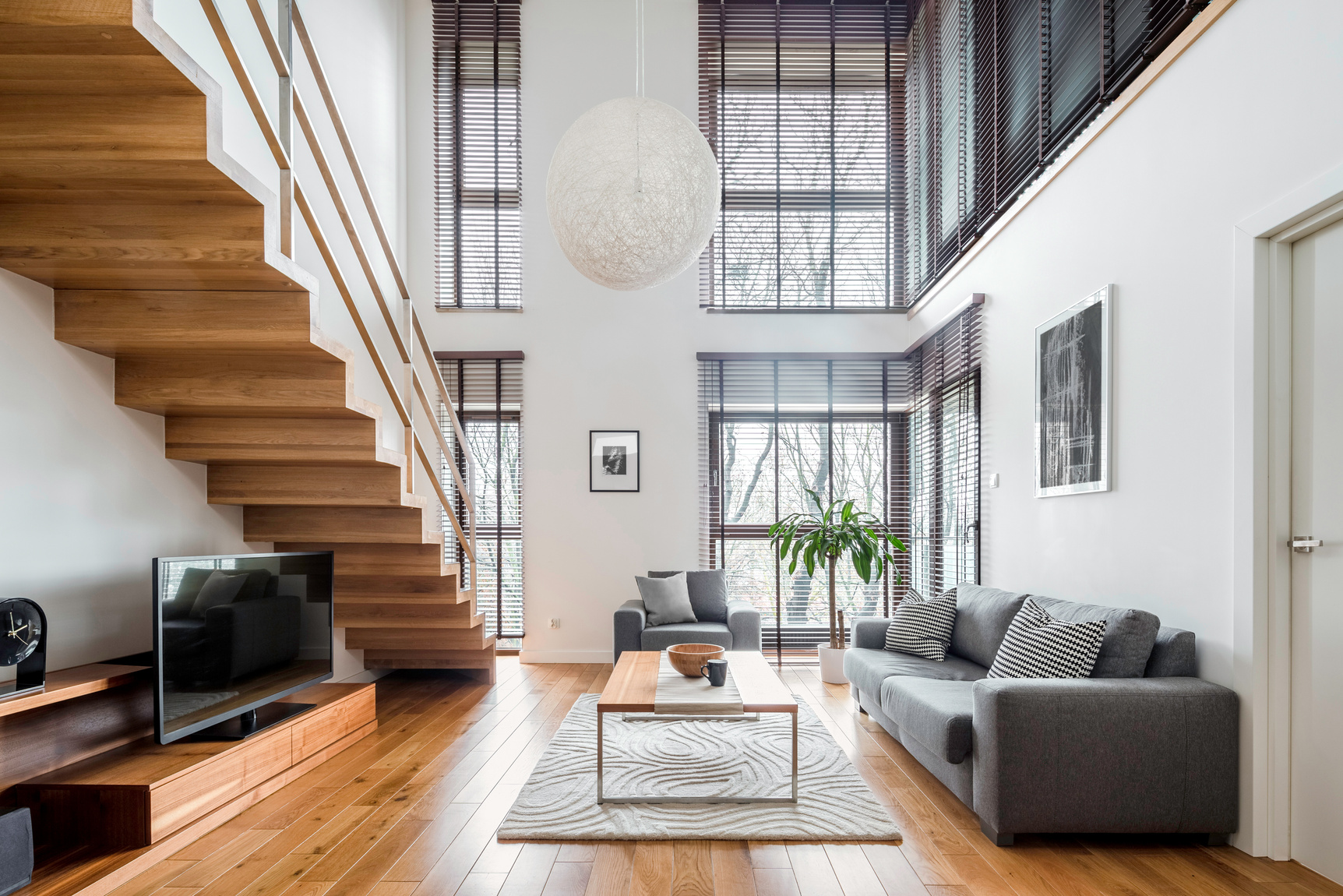
Shades provide a softer look than blinds and come in numerous styles. Roman shades add elegance and work beautifully in formal spaces, while cellular shades offer superior insulation. Roller shades are simple and modern, perfect for contemporary homes or minimalist aesthetics.
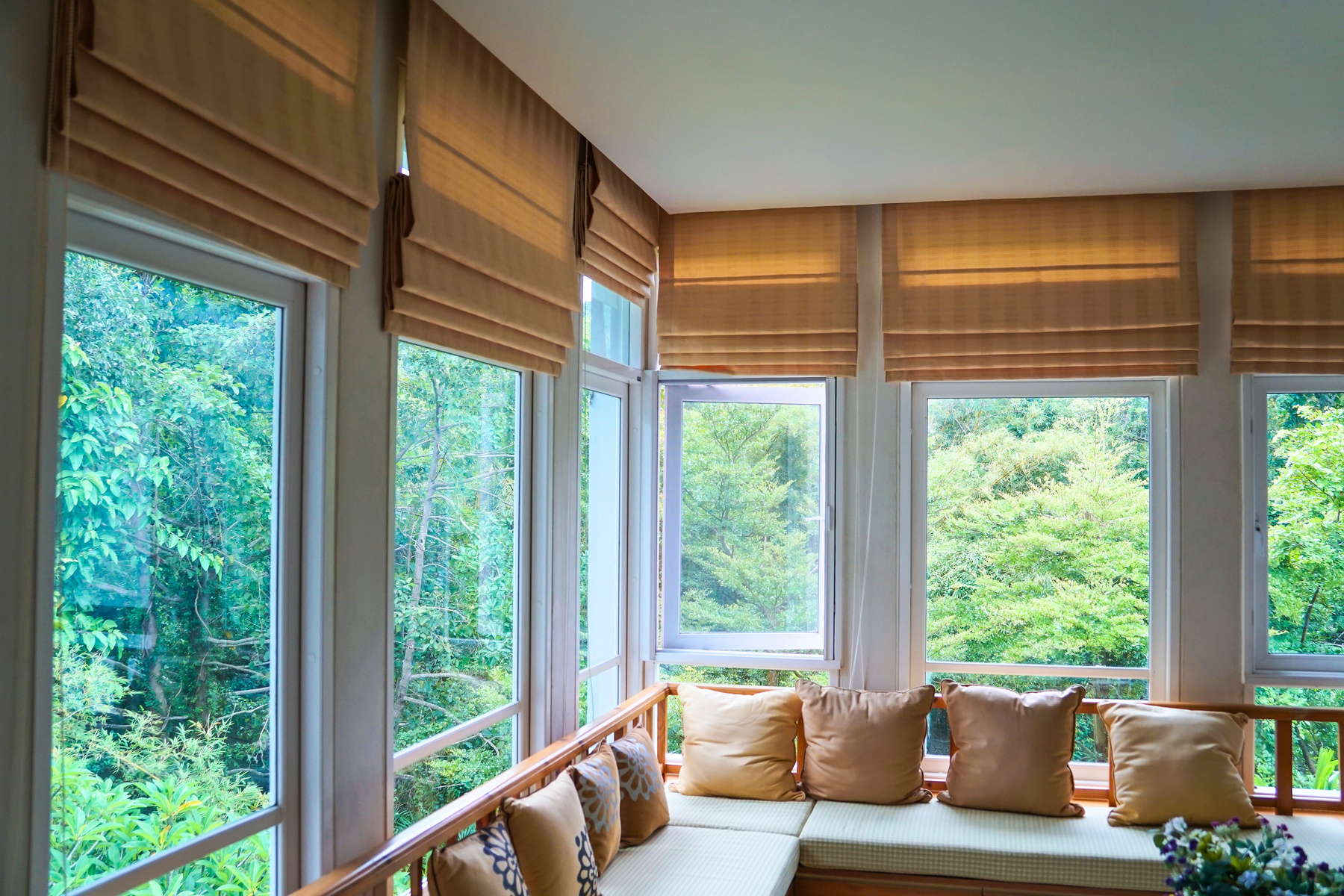
Curtains and drapes bring warmth, color, and texture to a room. They’re particularly effective for creating a cozy atmosphere in bedrooms and living areas. The key is choosing the right fabric weight and hanging method—lightweight fabrics filter light beautifully, while heavier materials provide better privacy and insulation.
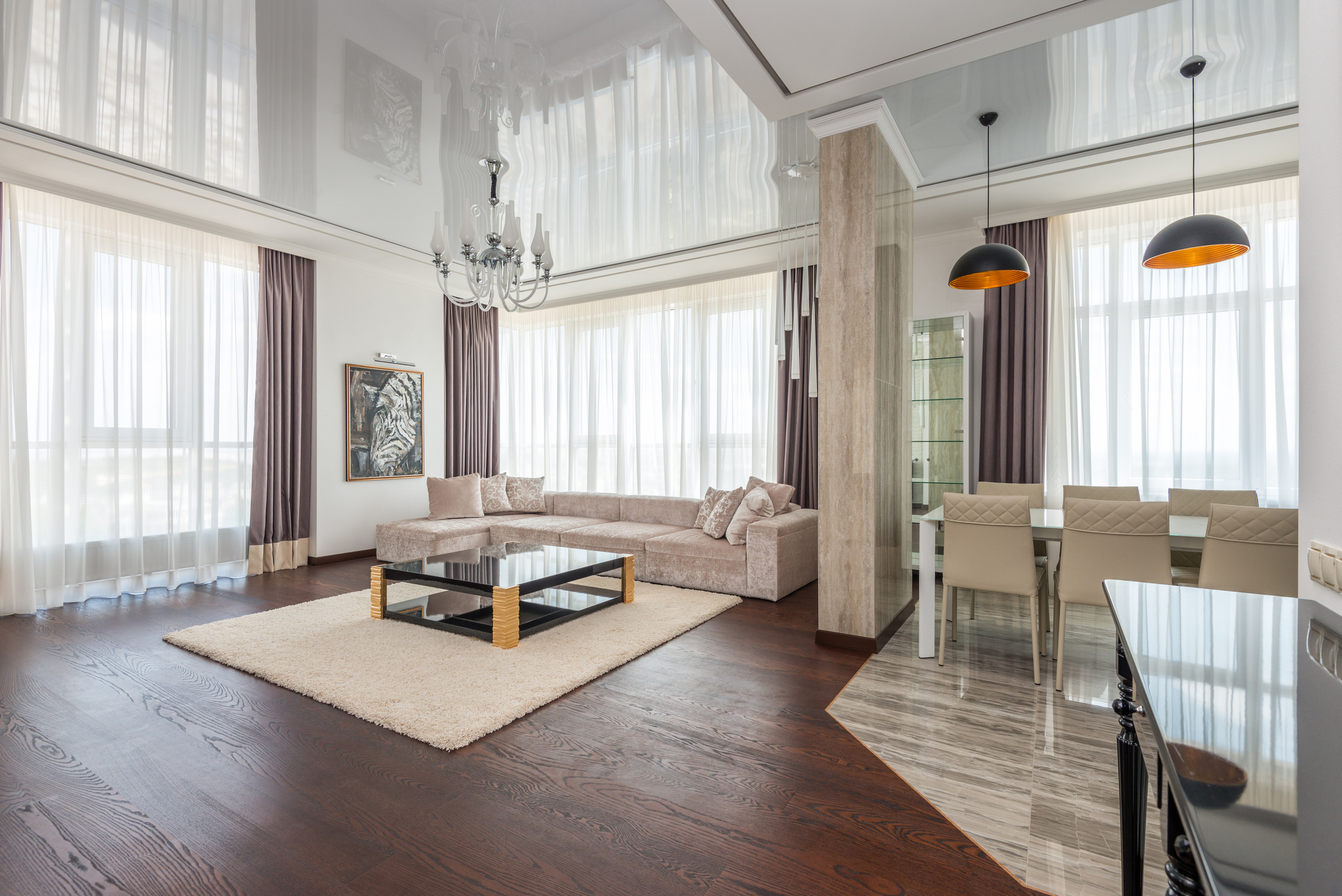
Shutters are a more permanent solution that adds architectural interest and can increase home value. Plantation shutters work especially well in traditional and transitional homes, offering excellent light control and a classic appearance that never goes out of style.

Room-Specific Considerations
Each room in your home has unique requirements that should influence your window treatment choices.
In the kitchen, prioritize easy maintenance and moisture resistance. Faux wood blinds or vinyl shades work well here, as they can handle humidity and are simple to clean. Avoid long fabric treatments near the stove or sink area.
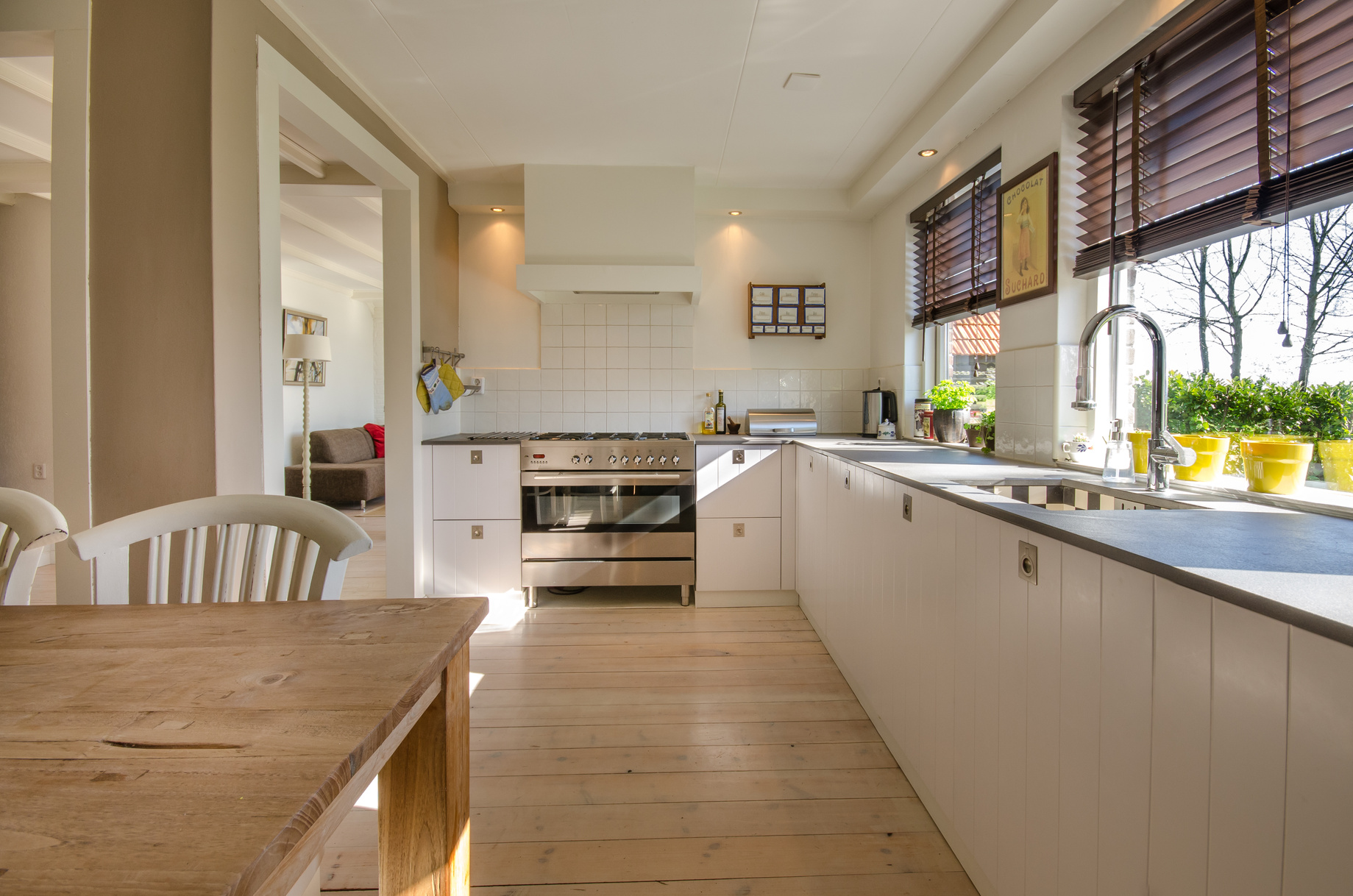
Bedrooms benefit from treatments that provide excellent light control and privacy. Consider blackout curtains or room-darkening cellular shades if you’re sensitive to light. Layering treatments—such as blinds with curtains—gives you maximum flexibility.
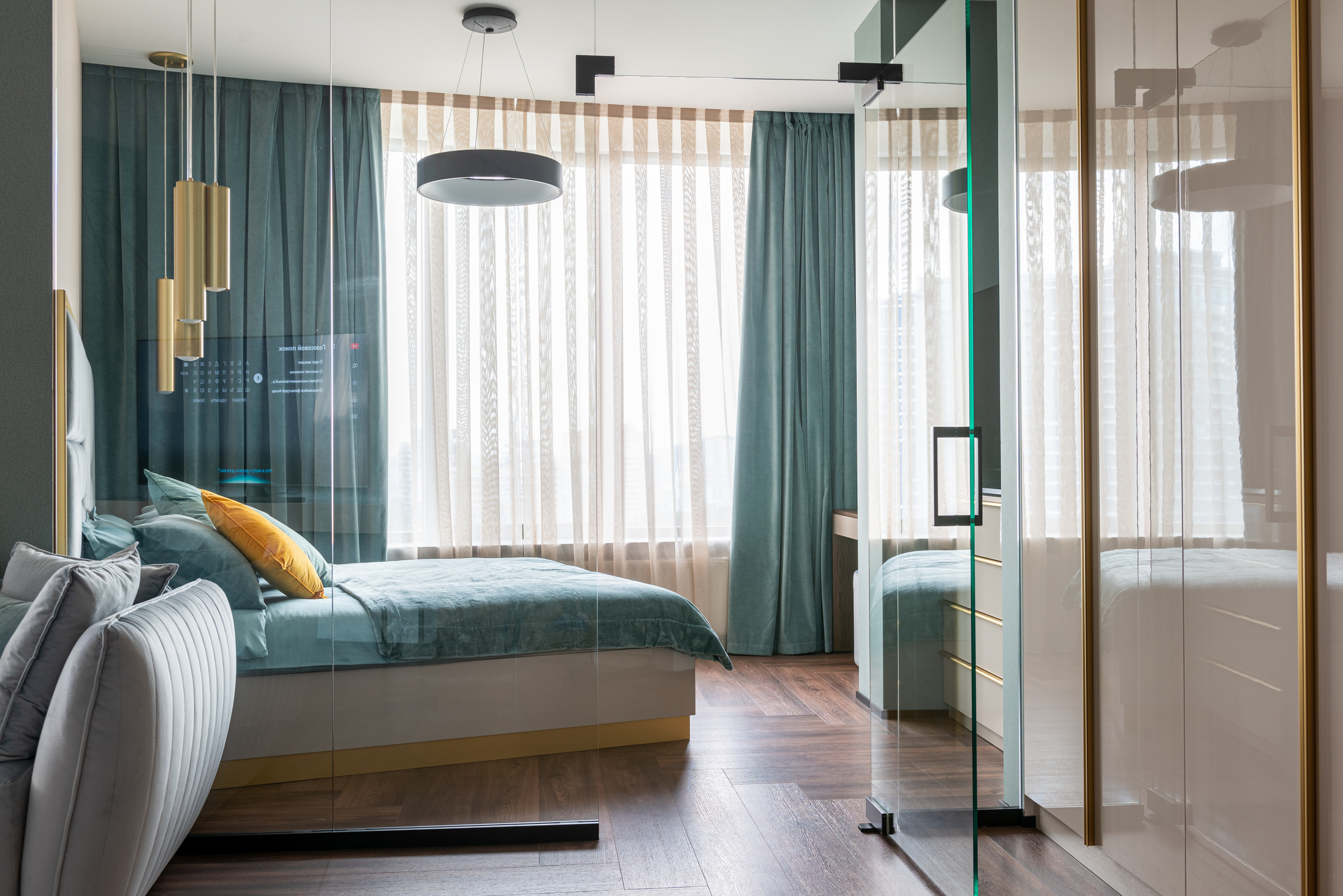
Living areas offer the most freedom for decorative choices. This is where you can make a statement with bold patterns, rich textures, or dramatic hardware. Consider how the treatments will look both during the day and evening hours when artificial lighting changes the room’s ambiance.
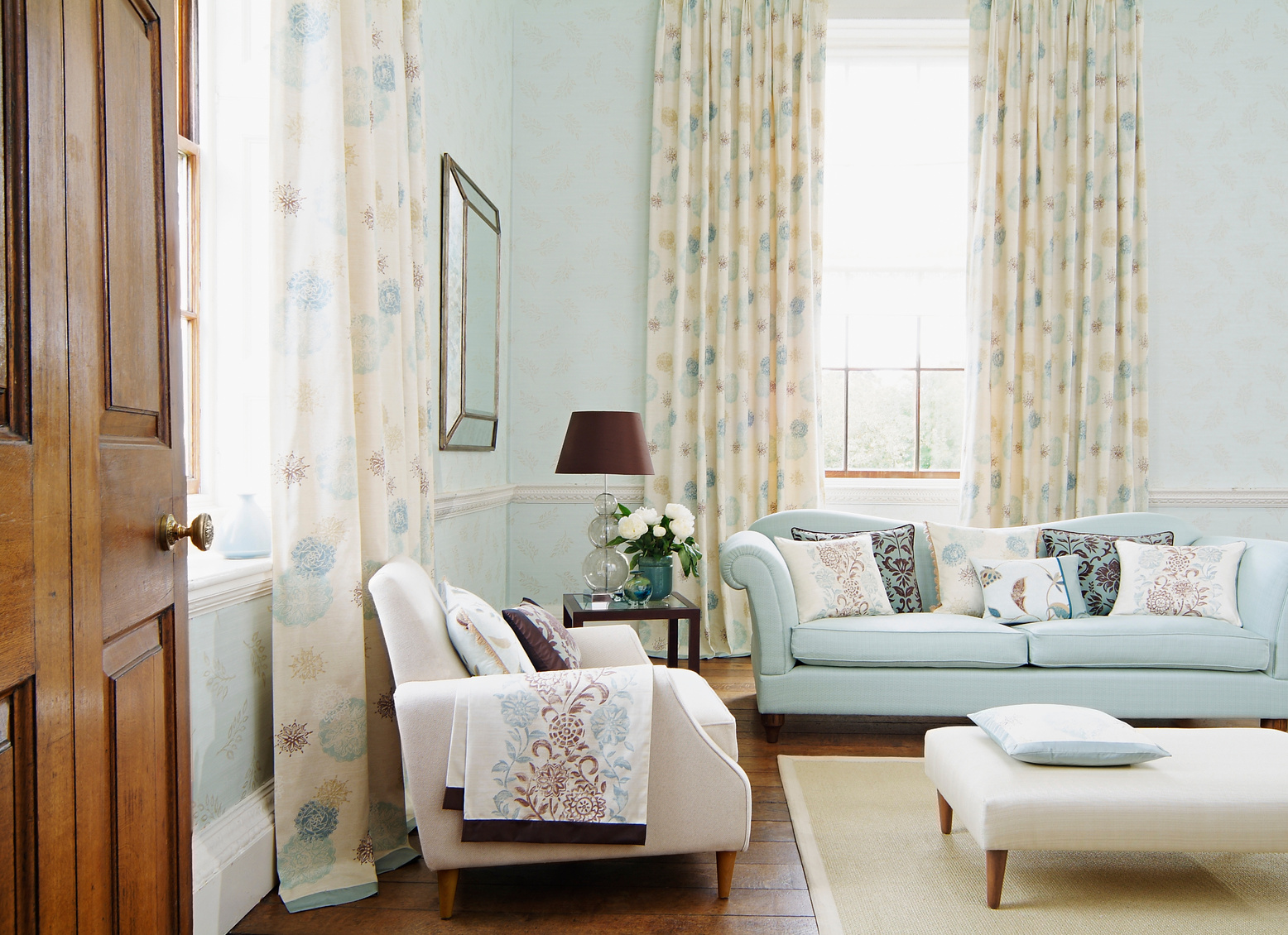
Bathrooms need moisture-resistant materials and privacy solutions. Frosted or textured glass films can provide privacy while still allowing natural light, or choose faux wood blinds that won’t warp in humid conditions.
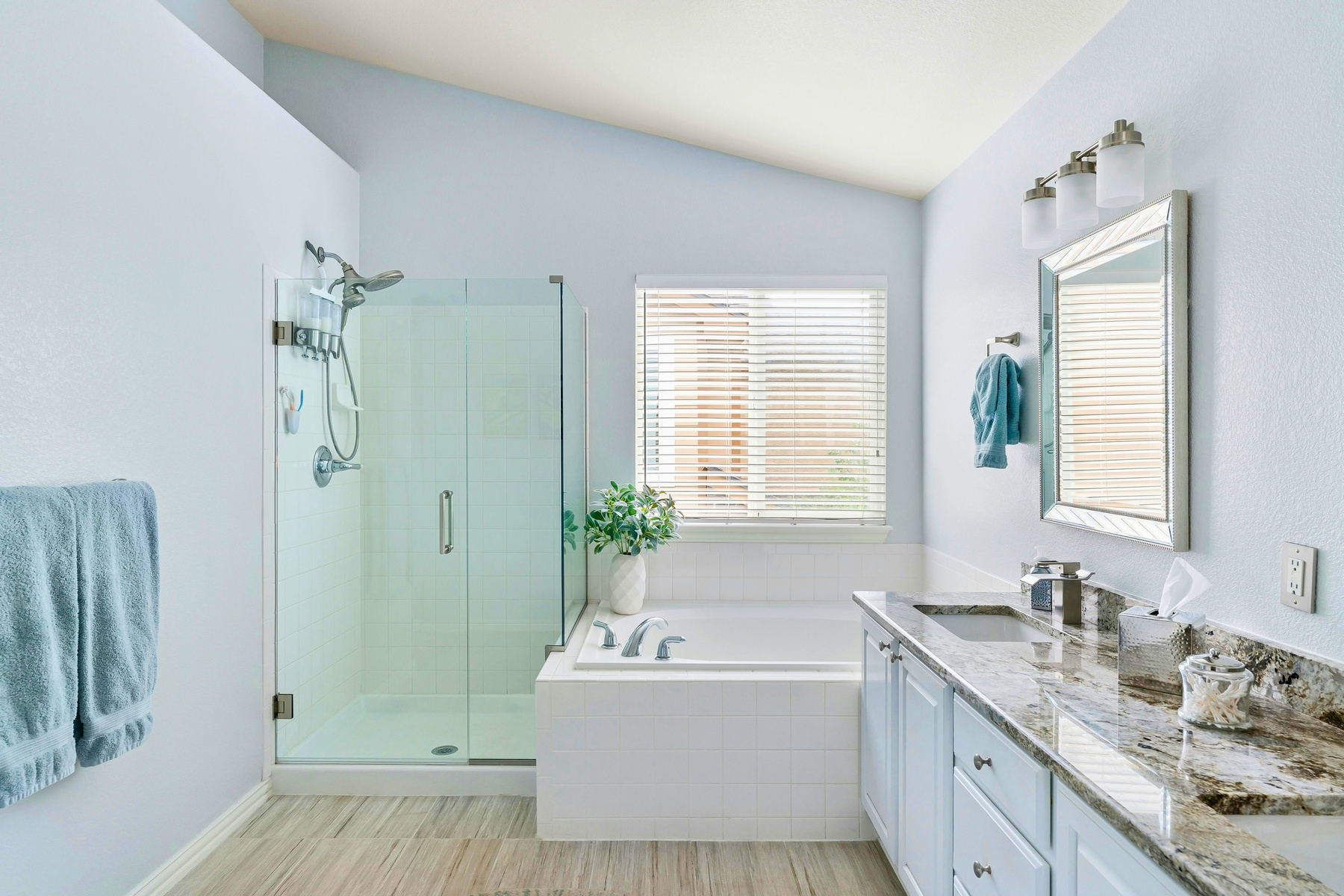
Energy Efficiency and Insulation
Window treatments can significantly impact your home’s energy efficiency. Cellular shades, also called honeycomb shades, trap air in their pockets to provide excellent insulation. Heavy curtains with thermal backing can also help regulate temperature, particularly in rooms with large windows or older, less efficient glass.
Consider the orientation of your windows when making choices. South-facing windows receive the most direct sunlight and may benefit from treatments that can block heat in summer while allowing warming sun in winter. North-facing windows receive less direct light and might work better with treatments that maximize available natural light.
Budget and Timeline Planning
Window treatments can range from very affordable to quite expensive, so establish a realistic budget early in your planning process. Remember that this is an investment in your home’s comfort and appearance—quality treatments will last longer and perform better than cheaper alternatives.
Consider phasing your window treatment installation if budget is a concern. Start with the most important rooms like bedrooms and main living areas, then add treatments to other spaces over time. Many retailers offer sales during certain seasons, so timing your purchases strategically can help stretch your budget.
Professional Installation vs. DIY
Some window treatments are straightforward to install yourself, while others benefit from professional installation. Simple treatments like basic curtains or inside-mount blinds are typically DIY-friendly. However, consider professional installation for expensive treatments, motorized options, or situations where precise measurements and mounting are critical.
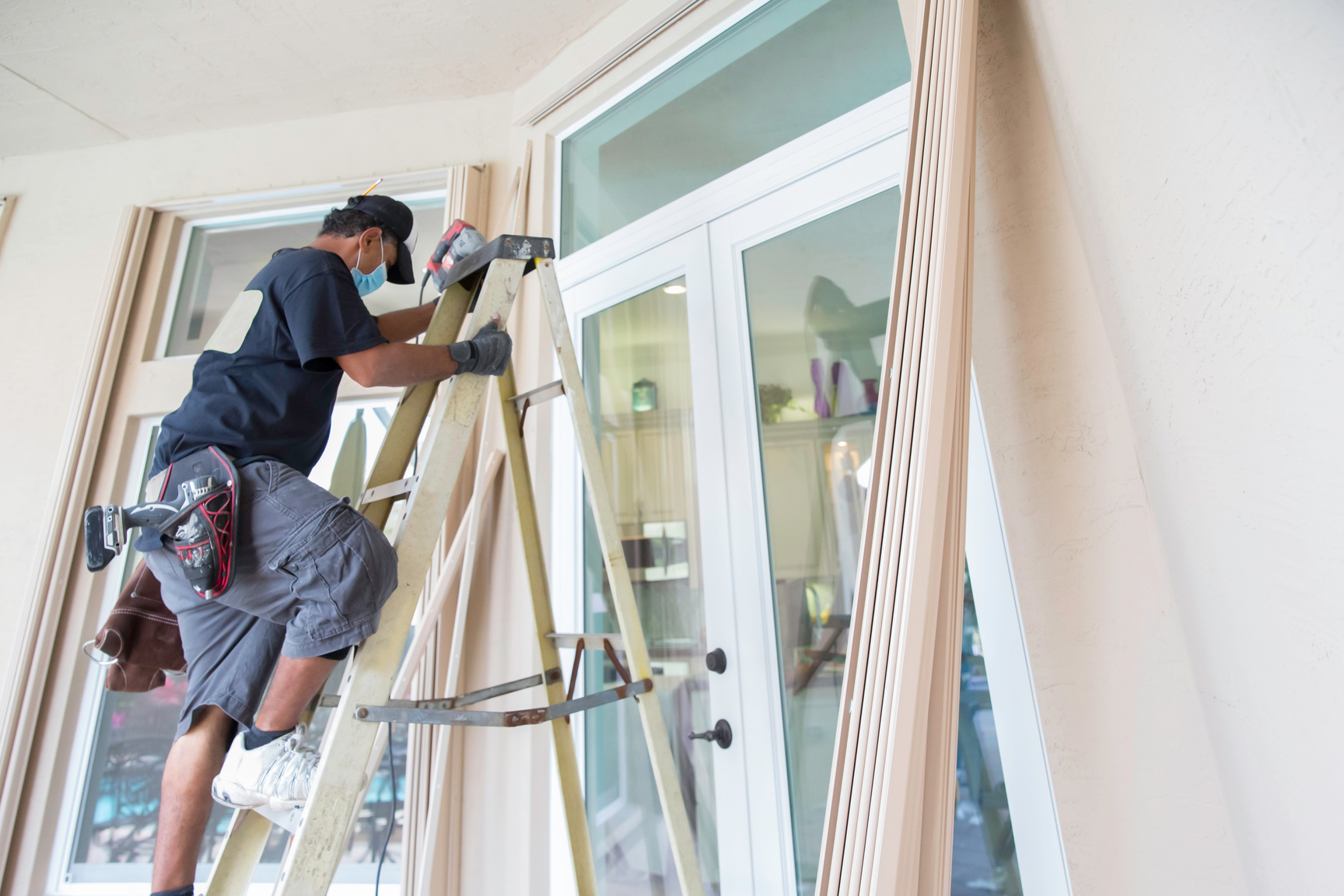
If you choose to install treatments yourself, take your time with measurements and don’t hesitate to ask for help at the hardware store. Most retailers provide detailed installation instructions and customer support.
Making Your Final Decision
When you’re ready to make your selection, bring home samples whenever possible. Fabric and material samples look different in your home’s lighting than they do in the showroom. Live with samples for a few days to see how they look at different times of day and in various lighting conditions.
Consider the long-term implications of your choices. Neutral colors and classic styles tend to have more staying power than trendy options, which is particularly important for more expensive treatments like custom shutters or high-end curtains.
Remember that window treatments are one of the finishing touches that truly make a house feel like a home. Take time to choose options that reflect your personal style while meeting your practical needs. With thoughtful planning and careful selection, your window treatments will enhance your home’s beauty and functionality for years to come.
The key to success is balancing aesthetics with practicality, considering your specific needs, and choosing quality products that will stand the test of time. Your new home deserves window treatments that not only look beautiful but also contribute to your daily comfort and enjoyment of the space.


